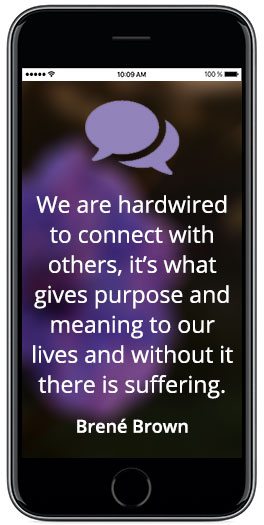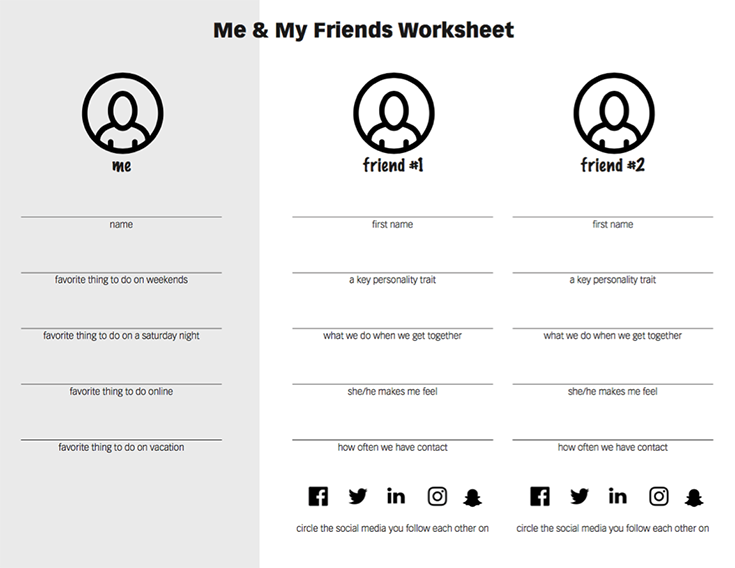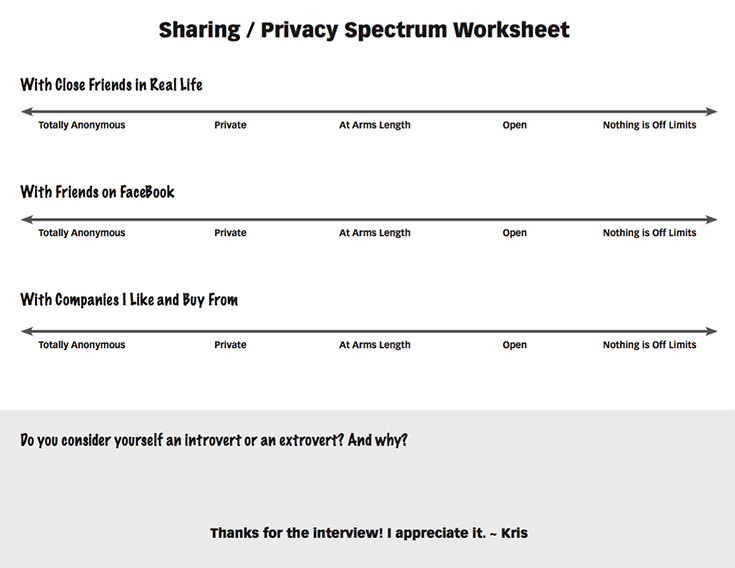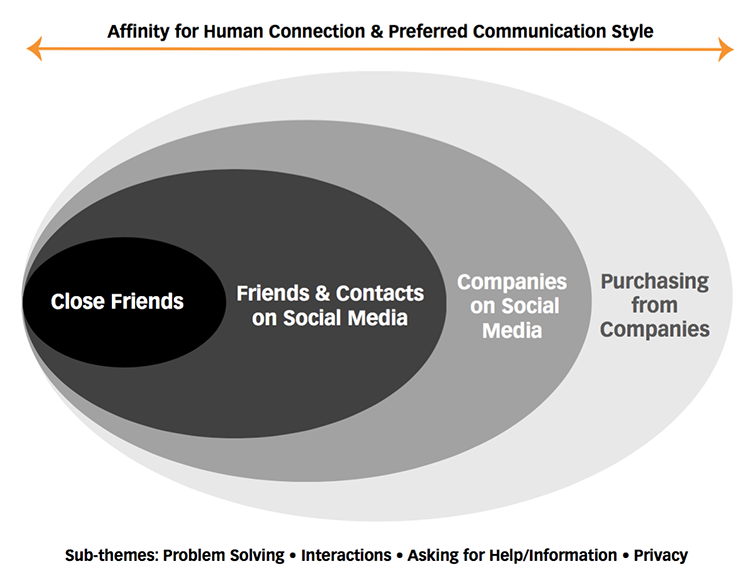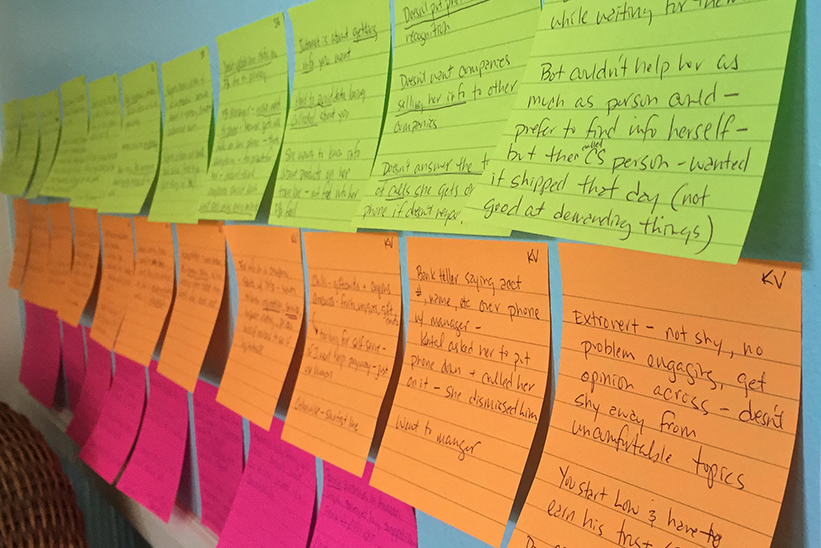Project at a Glance
A Boston-based tech company that creates automated technologies for the Salesforce ecosystem wanted to gain a better understanding of the human factors involved in successful human-to-technology customer service experiences. I designed the exploratory research study, recruited participants, moderated the interviews, performed the analysis and developed the personas. The findings were used to inspire future designs of automated customer service using artificial intelligence.

